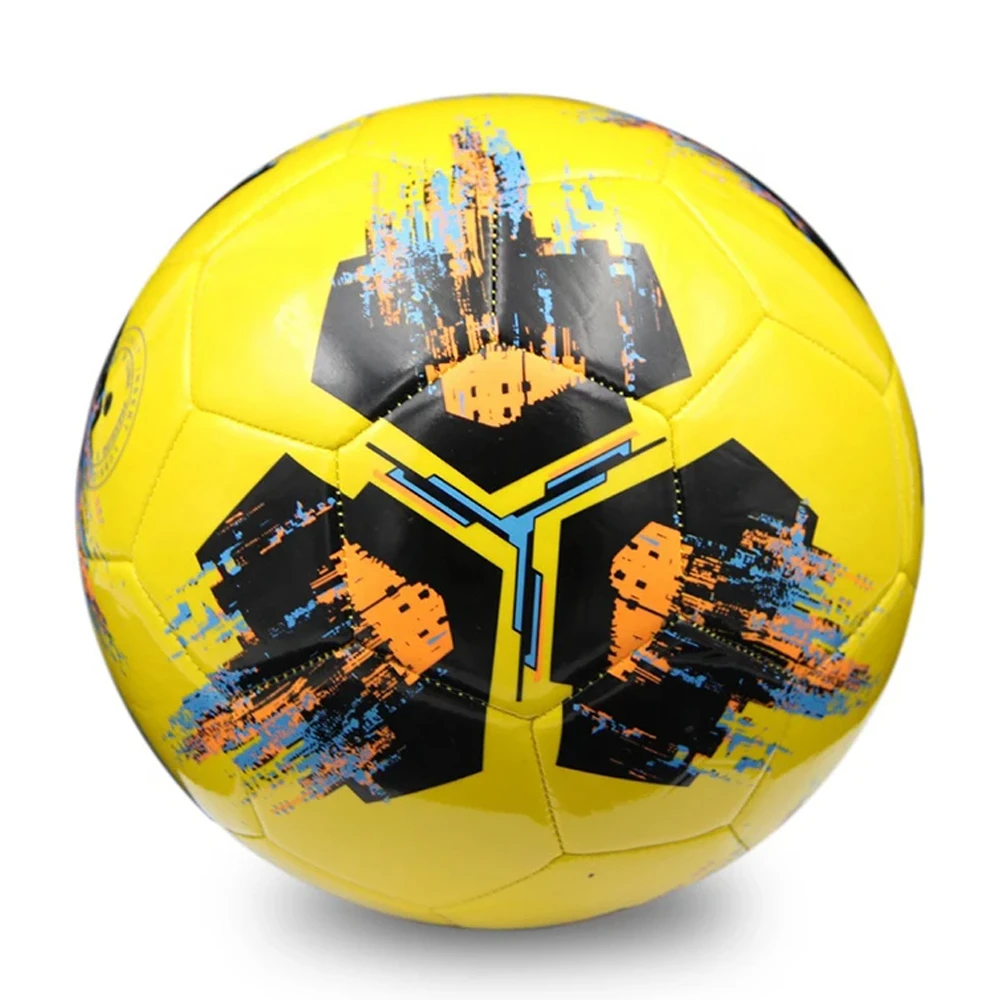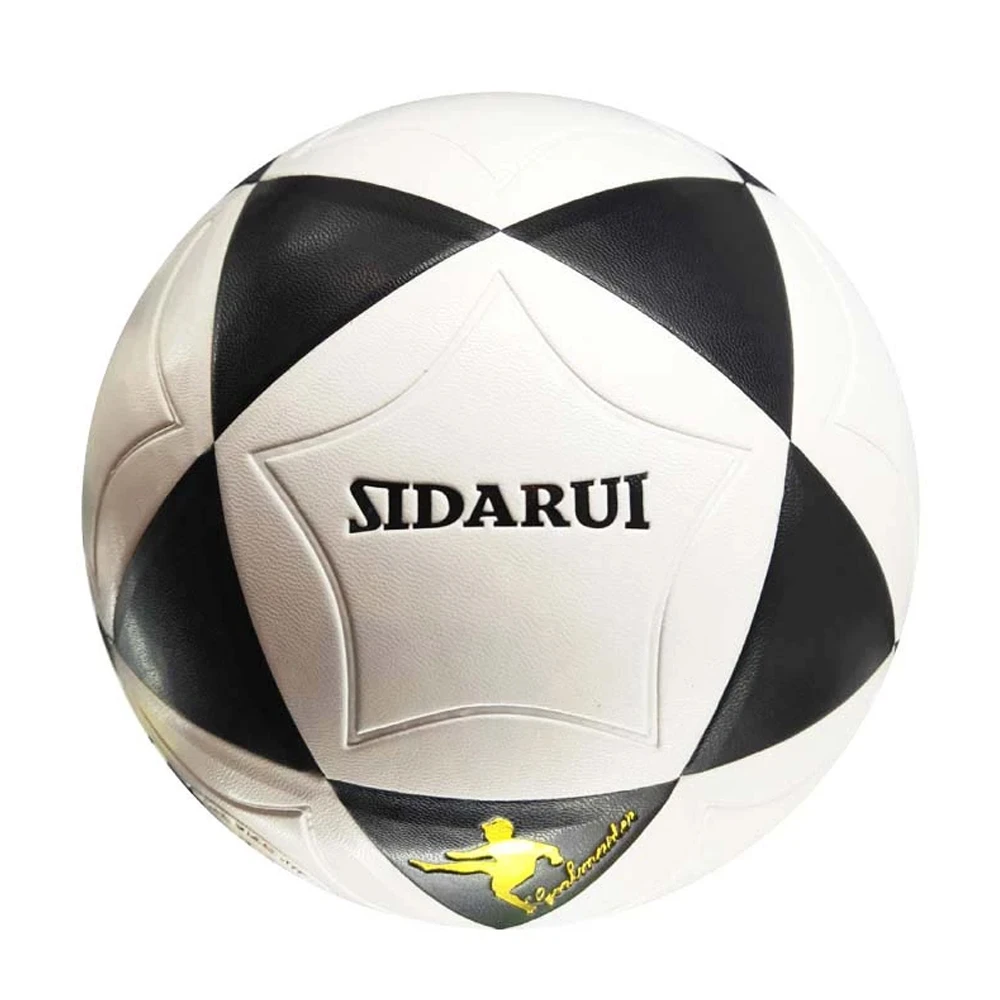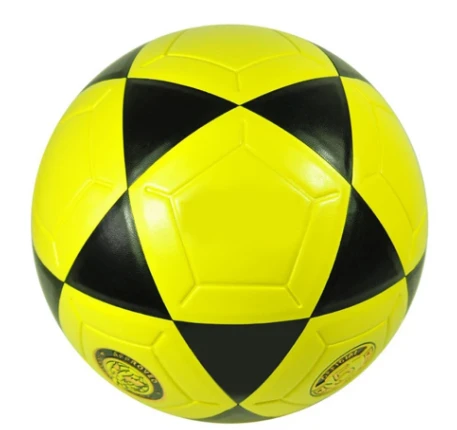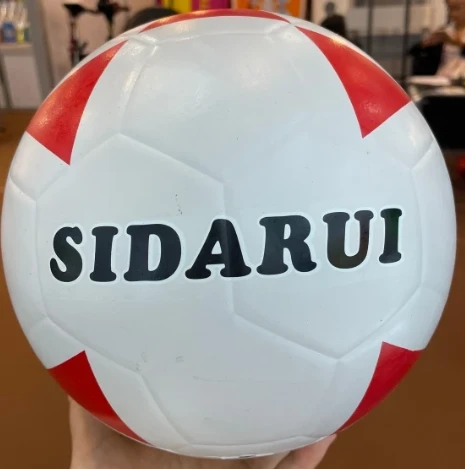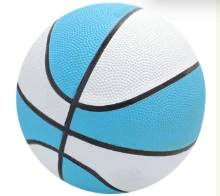Jun . 06, 2025 22:20
- The Growing Market for Winter Indoor Football
- Technological Innovations in Indoor Pro Football
- Leading Facility Providers Compared
- Custom Solutions for Different Spaces
- Training Applications Beyond Gameplay
- Proven Case Studies in North America
- Implementing Your Football Facility
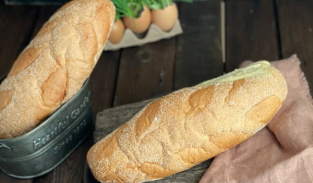
(winter indoor football)
Essential Winter Indoor Football Facilities for Modern Athletes
The demand for dedicated winter indoor football
spaces has surged 167% since 2019, transforming how teams train during cold months. Professional franchises and youth academies alike now view climate-controlled football facilities as indispensable assets rather than luxuries. Without weather disruptions, players maintain consistent skill development while facilities generate 11-month revenue streams from tournaments, camps, and league rentals.
Advanced polymer turf systems now replicate natural grass performance with 92% injury reduction compared to early-generation surfaces. Proprietary shock pads absorb up to 89% of impact forces while specialized fiber technology enables precise ball roll predictability. The latest ventilation systems maintain optimal 60°F conditions despite exterior temperatures dropping below freezing, ensuring peak athlete performance.
Indoor Football System Comparison
| Feature | FieldTurf ProMax | GreenPlay Elite | SportMaster X3 | TurfTech Ultra |
|---|---|---|---|---|
| Surface Impact Reduction | Gmax 0.88 | Gmax 0.92 | Gmax 0.85 | Gmax 0.90 |
| Cooling Technology | Hydronic subsurface | Airflow cells | Hybrid ventilation | Nanofiber layer |
| Footing Stability | FIFA PRO Certified | NFL Preferred | FIFA Quality Pro | Dual Certification |
| Warranty Period | 12 years | 10 years | 8 years | 15 years |
| Customization Options | 48 color combos | 32 patterns | Basic lines only | Full digital printing |
Custom configurations range from compact 60x40yd indoor football practice modules to full-size 120x75yd professional arenas. Warehouse conversions represent 68% of new installations, with clear height requirements starting at 28ft. Retractable divider curtains enable simultaneous multi-group training, while modular designs accommodate existing structural columns. Lighting systems now deliver uniform 200 lux illumination without glare, crucial for high-speed gameplay visibility.
Forward-thinking programs integrate virtual reality simulators with physical training spaces. Quarterbacks practice reading defenses through projection-mapped scenarios moments before executing plays on actual turf. Motion capture technology provides instant biomechanical feedback during indoor pro football drills, correcting technique in real-time. These integrated solutions reduce learning curves by approximately 40% according to NCAA studies.
Case Study: Minnesota Gridiron Academy
This 85,000 sq ft facility converted a former distribution center into 5 winter indoor football fields generating $1.2M annual revenue. Strategic turf zoning created simultaneous training areas for 7v7 competitions, kicking specialists, and combine preparation. Proprietary air filtration maintains perfect humidity control despite Minnesota's -20°F winters, with 97% client retention across 3 seasons.
Maximizing Your Winter Football Investments
Successful indoor football practice facilities now deliver 23% ROI through diversified programming models. The most profitable operations combine elite team rentals with community initiatives and skill clinics. Implementation timelines range from 14 weeks for prefabricated structures to 9 months for custom complexes. Leading contractors provide turnkey solutions including spectator amenities, sports medicine integration, and proprietary maintenance programs ensuring optimal surface performance year-round.
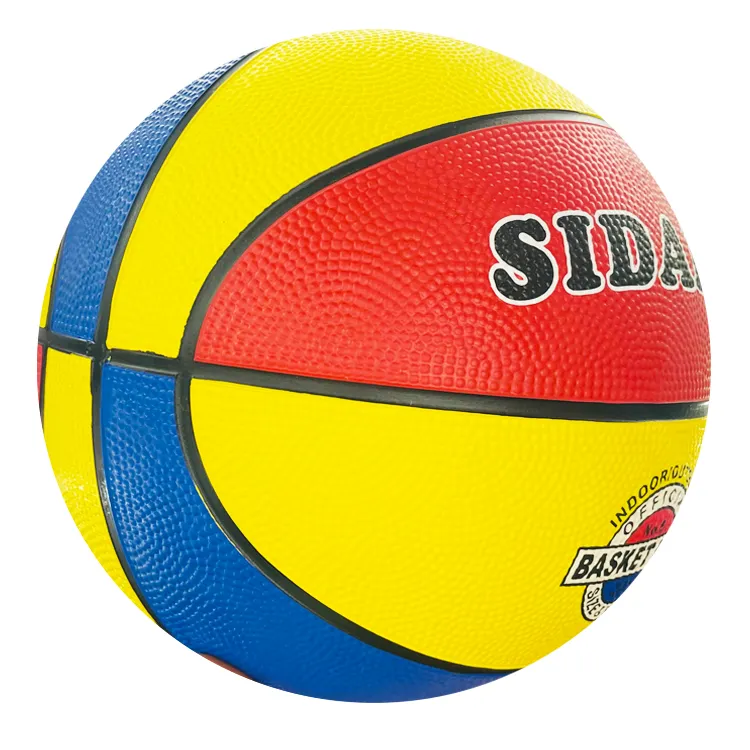
(winter indoor football)
FAQS on winter indoor football
Q: What is winter indoor football?
A: Winter indoor football is a modified version of traditional football played indoors during colder months. It typically occurs in climate-controlled facilities using smaller turf fields and walls for boundary play. This format allows year-round competitive play regardless of outdoor weather conditions.
Q: How does indoor pro football differ from casual winter leagues?
A: Indoor pro football features elite athletes competing in structured professional leagues like the IFL or NAL. Casual winter leagues prioritize recreational participation with flexible skill-level divisions. Pro rules involve specialized scoring and faster-paced gameplay not always replicated in amateur sessions.
Q: Why choose indoor football practice during winter?
A: Winter indoor football practice maintains fitness and skills when outdoor fields are inaccessible. The controlled environment allows consistent training without weather interruptions. Smaller pitches also improve technical abilities through faster ball movement and decision-making demands.
Q: What equipment is needed for winter indoor football?
A: Essential gear includes indoor-specific turf shoes, shin guards, and breathable athletic wear. Using low-bounce futsal balls optimizes control on hard surfaces. Some facilities require colored sole-less shoes to protect specialized turf surfaces during winter leagues.
Q: How should teams prepare for winter indoor football practice?
A: Focus on short passing drills and close-control exercises adapting to smaller spaces. Implement dynamic warm-ups to prevent injuries on harder indoor surfaces. Review wall-passing strategies unique to indoor boundaries to maximize tactical advantages during sessions.




